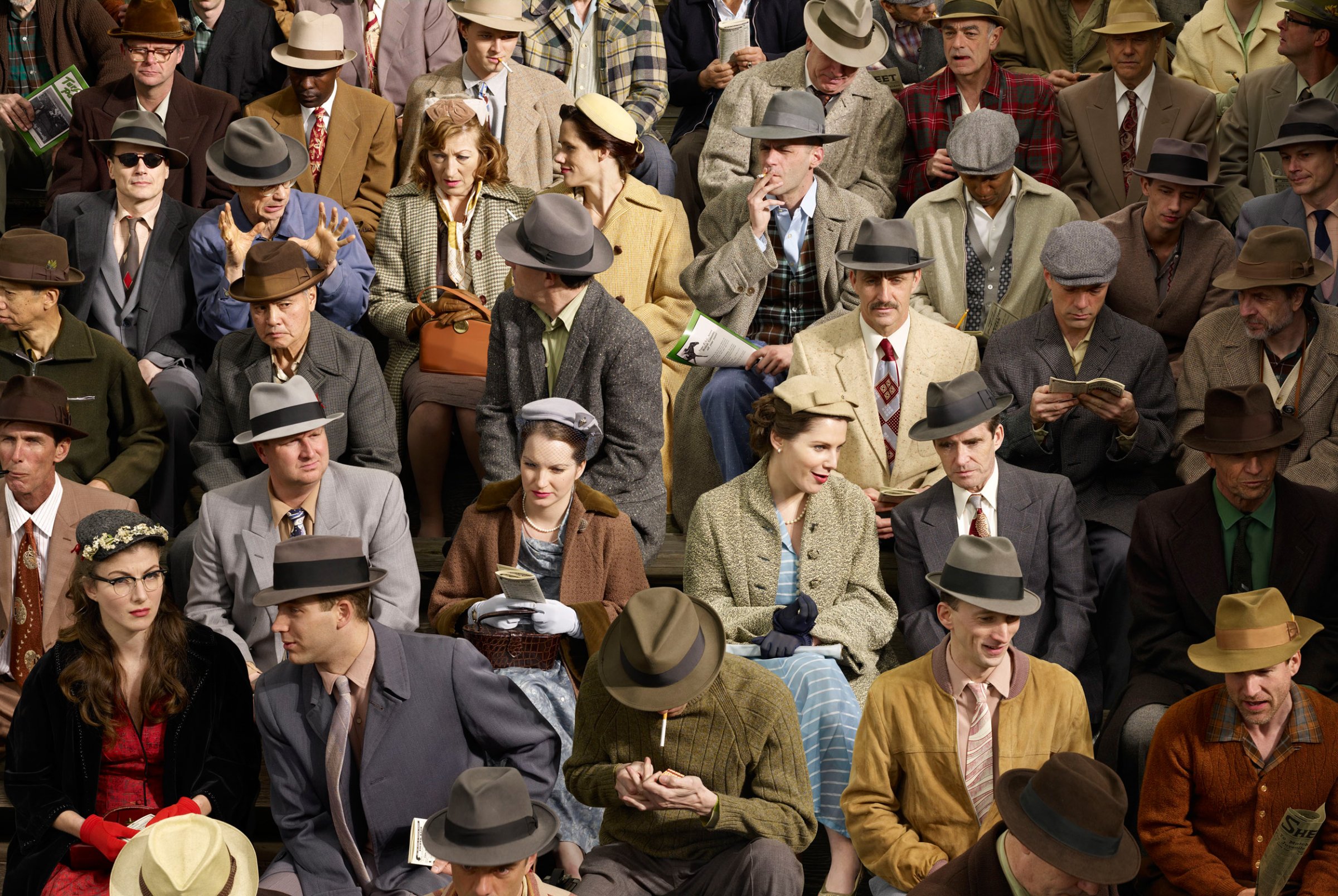
Stan Douglas has been named the recipient of the prestigious Infinity Award for Art by the International Center of Photography. Tonight, he will be presented the award at a ceremony in New York City. Douglas works in various media including video, installation and photography. Here, Lightbox visits highlights of three projects from the artist’s prolific photographic endeavors.
What is real? What is unreal? In a world where reality and history can be recreated and manipulated to appear authentic in a photograph, it is imperative that we ask these questions. We, as a society inundated with visual culture, are trained to ponder the truth and meaning behind what we see—but what if a photograph was created to question reality? To question history? Stan Douglas creates images that catalyze critical analysis and force their viewers to revisit the scenes they depict. Douglas, in creating new images of scenes in history, ponders the truth within the medium of photography and the sociological issues that lie in the passages and stories illustrated in his photographs.
Based in Vancouver, Canada, Douglas approaches each image with epic, Hollywood-level production—tapping into his history as a maker of films and video. Demanding the most active viewer who questions, challenges and investigates all that he or she sees, each image is created to excruciating detail.
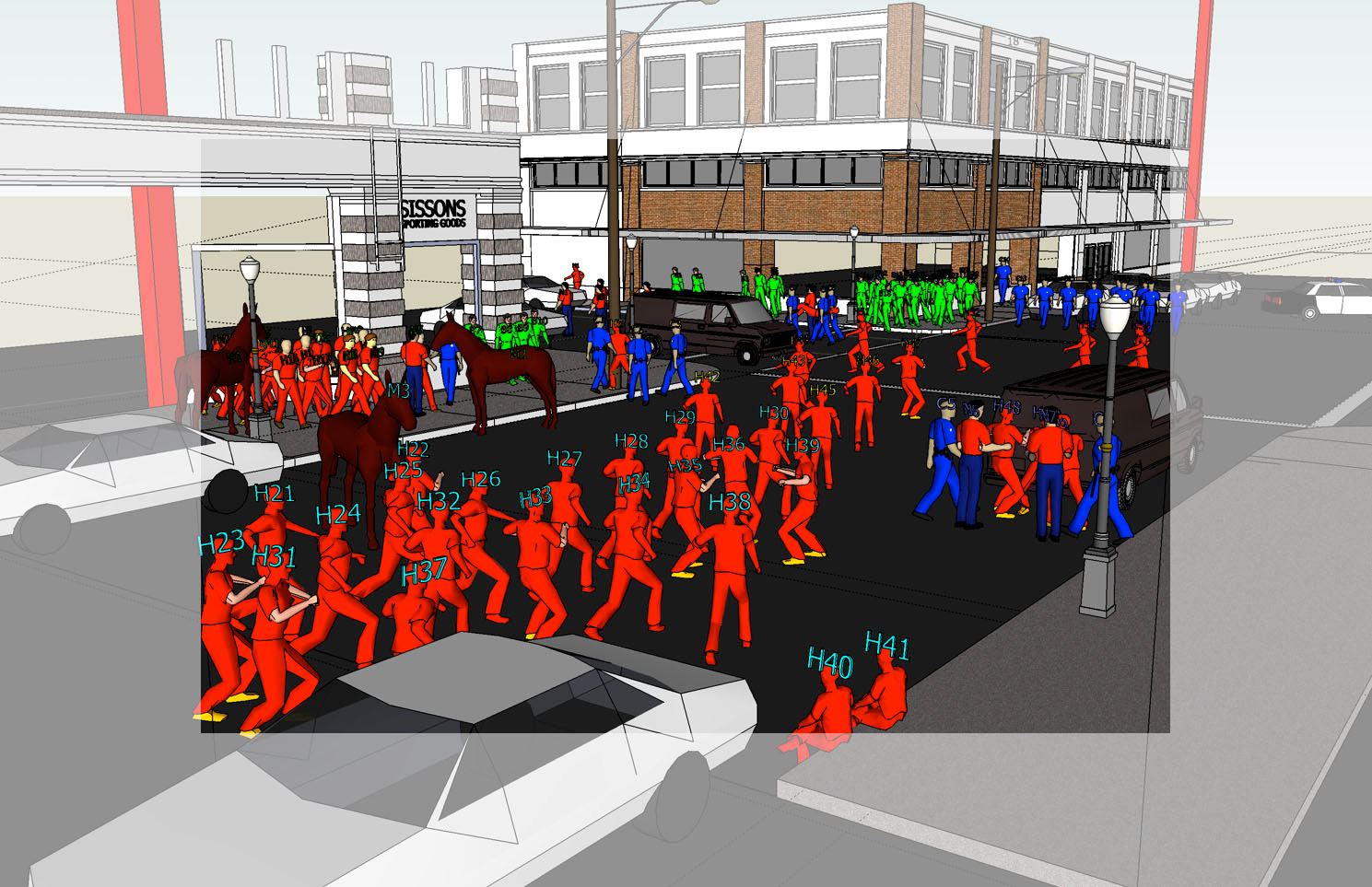
In producing Abbott & Cordova, 7 August 1971, 2008 (slide #4), Douglas built a set to recreate a scene of the actual intersection in Vancouver. The placement of the actors in the image was pre-envisioned in three-dimensional renderings to anticipate the actual photograph. Not one detail was left unnoticed—down to the products in the dressings of the windows and the scraps of paper that lie on the streets. The mural-sized image, which was composited from 50 different images from the same shoot, is one of four in his series Crowds & Riots. All the images in the series are large scale tableaux depicting vignettes from Vancouver’s history—reflecting on matters of the police, class and social order.
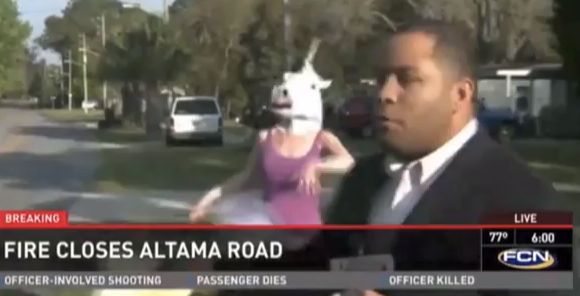
In his series, Midcentury Studio, Douglas took on the identity of a photojournalist working between 1945 to 1951 (a selection of this work is represented by slides #6 – #9 in the gallery above). Inspired by imagery from this time, Douglas created images that discuss the decisive moment in photography—as Henri Cartier-Bresson explained, the exact moment that the photographer makes the photograph by firing the shutter of the camera—that very moment which is creative. Unfolding on Cartier-Bresson’s expression, Douglas constructed and carefully created these scenes to capture this experience and illustrate the scrupulous amount of information and action that lies in each frame of a photograph. In Dancer II, 1950, 2010, Douglas created an image similar to one from our own archive shot by famed photographer Gjon Mili for LIFE Magazine.
In Douglas’s most recent series, Disco Angola, most recently shown at David Zwirner Gallery in New York City in April, he once again approaches the identity of a photojournalist. This time, he is one who travels between New York City and Angola in the 1970s. Each image in the series utilizes the nature of body language as insight into the historical moment—from the pensive waiting of the Portugese colonialist awaiting evcuation (Exodus, 1975, 2012), to the interracial-intercultural array of dancing people (Club Versailles, 1974, 2012), to the group of rebel fighters performing capoeira, the Brazilian martial art that originated in Angola (Capoeira, 1974, 2012). Disco, a source of escapism for New Yorkers from the nearly bankrupt city at the time, traces its roots to Africa. Connecting these two seemingly disparate places, separated by thousands of miles of ocean and cultural-political borders, Douglas traces subtle parallels between New York’s struggles and the emerging Angolan liberation fight for independence from Portugal—one which would ultimately lead to a decades-long civil war.
Douglas’s series Midcentury Studio is currently on view at Victoria Miro Gallery in London through May 26, 2012. More information about the Infinity Awards can be found here.


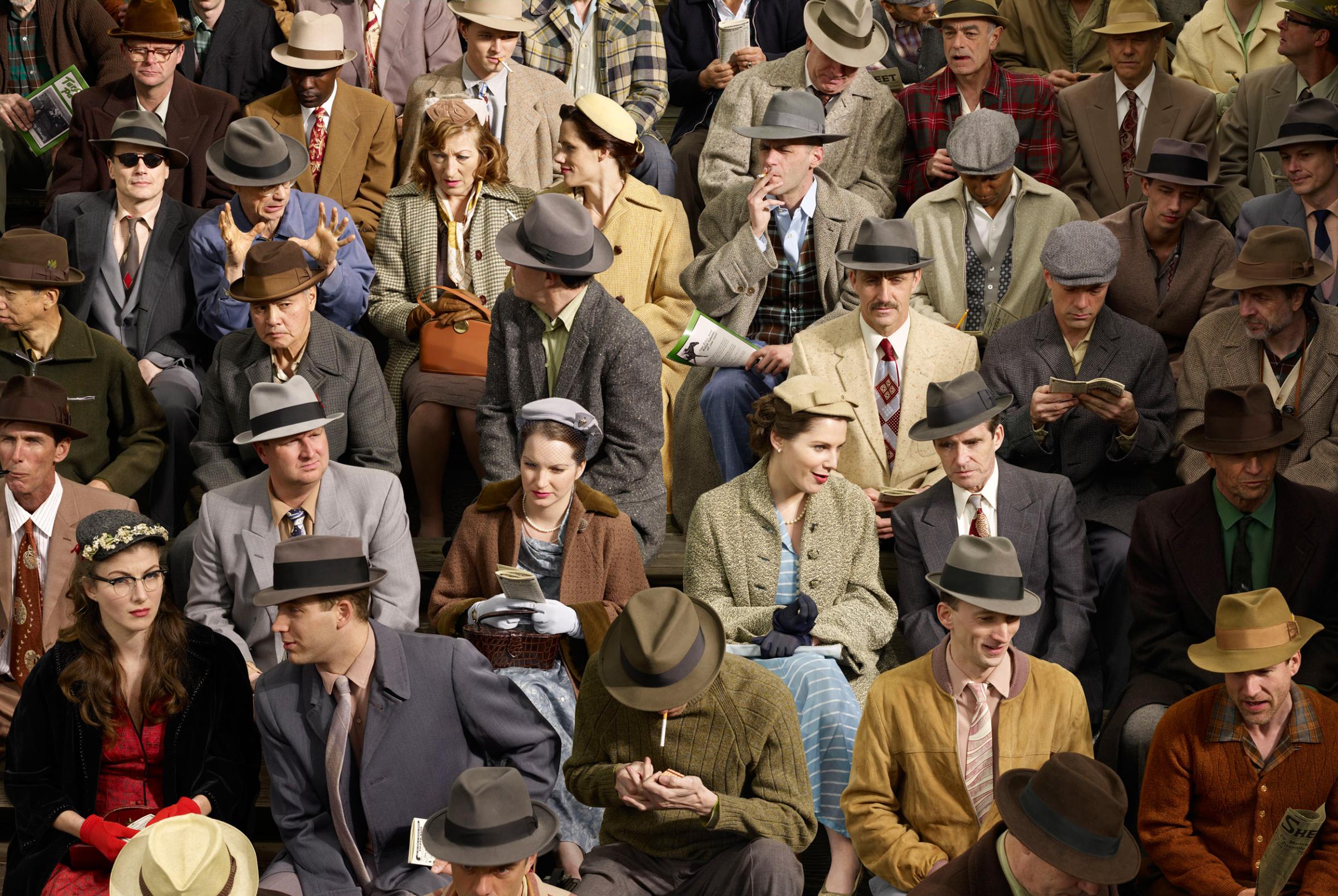
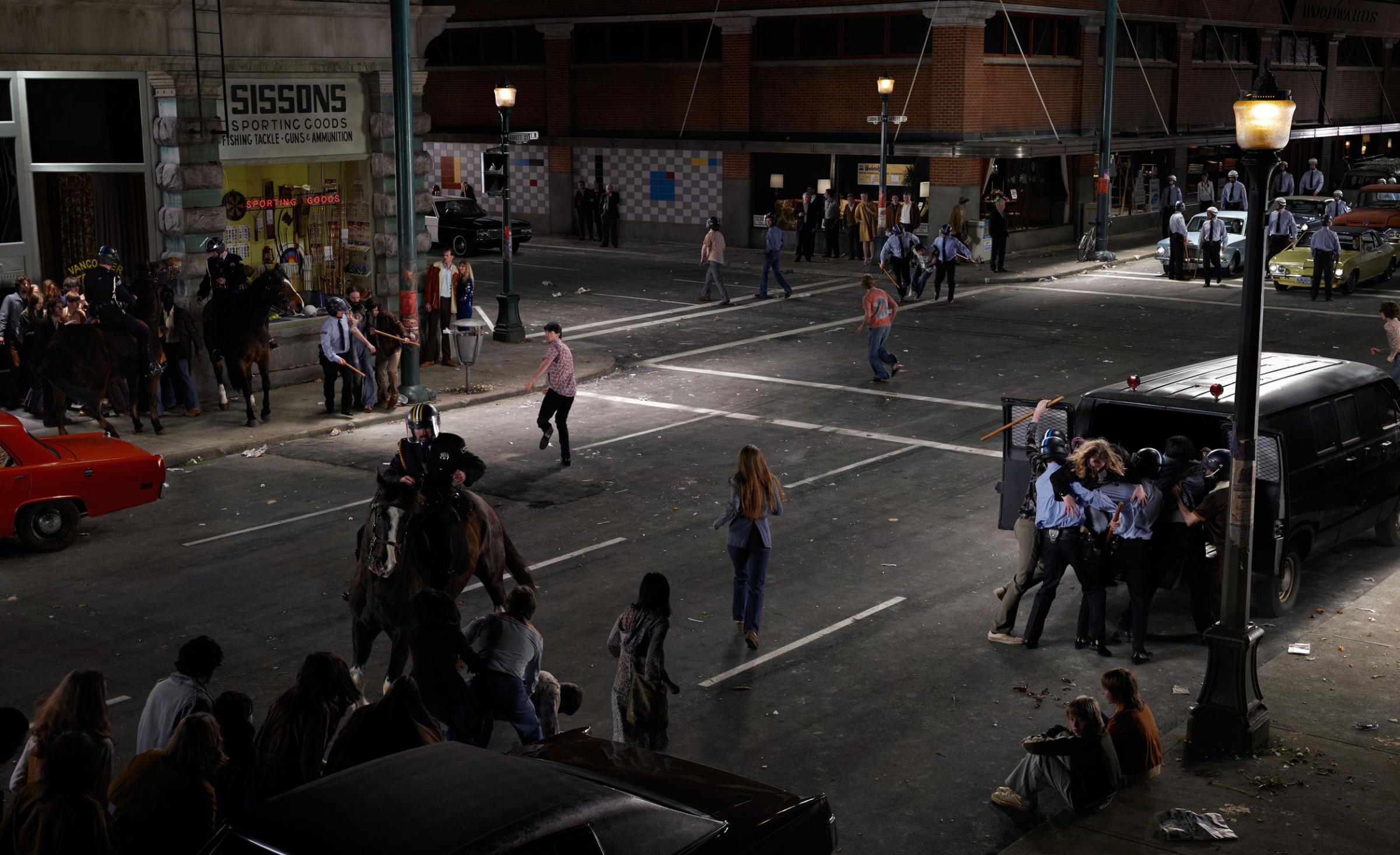
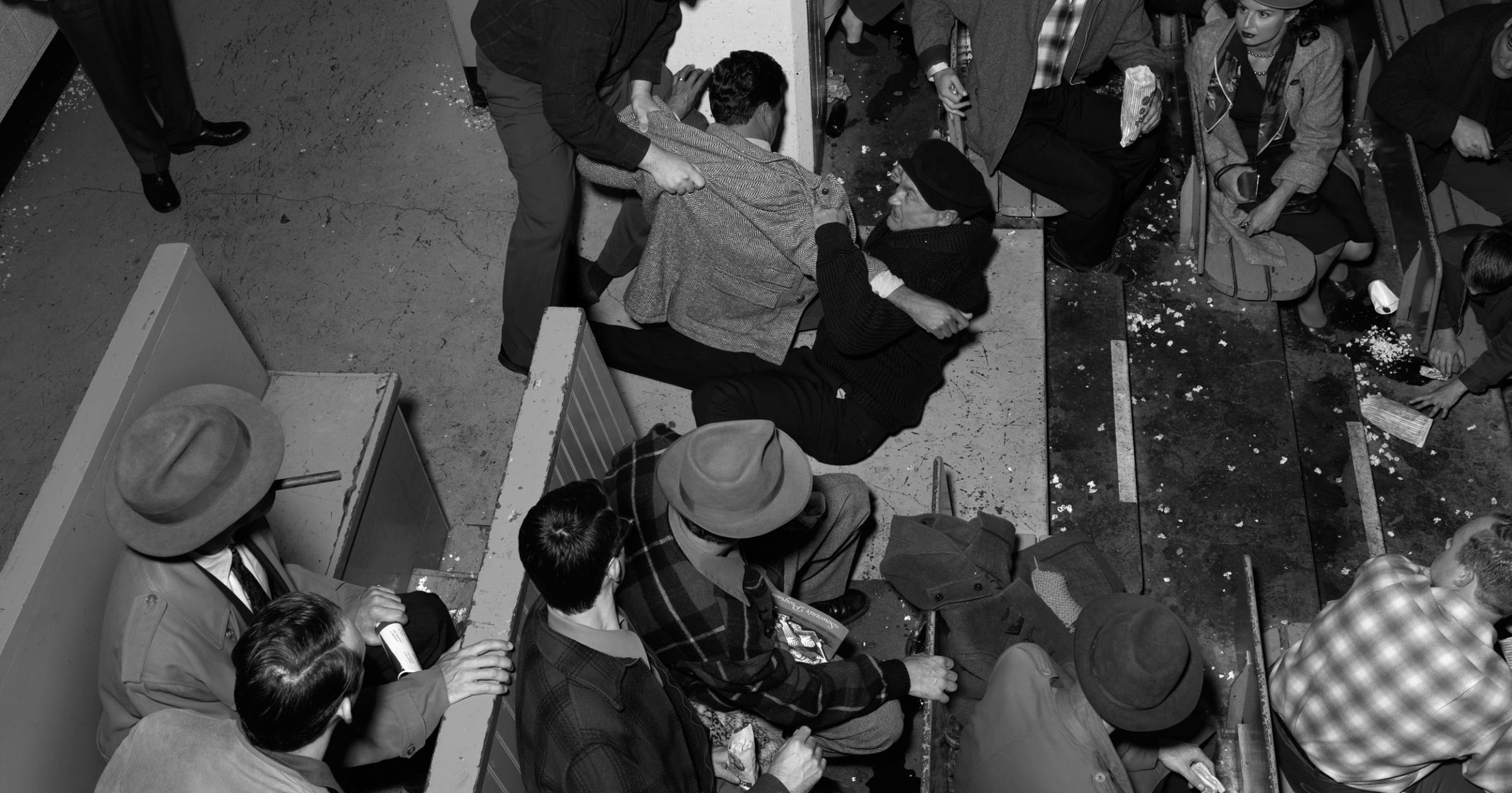

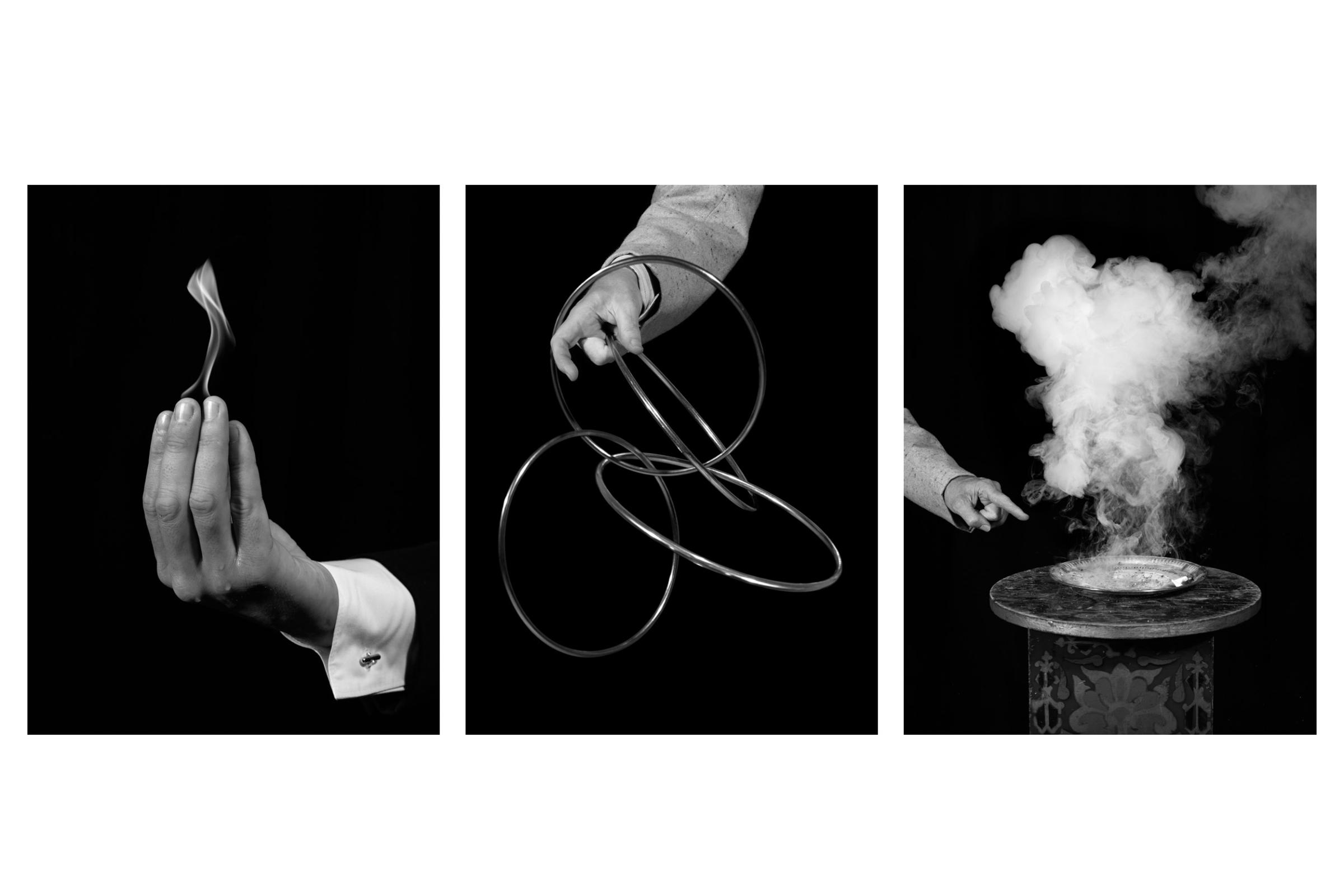

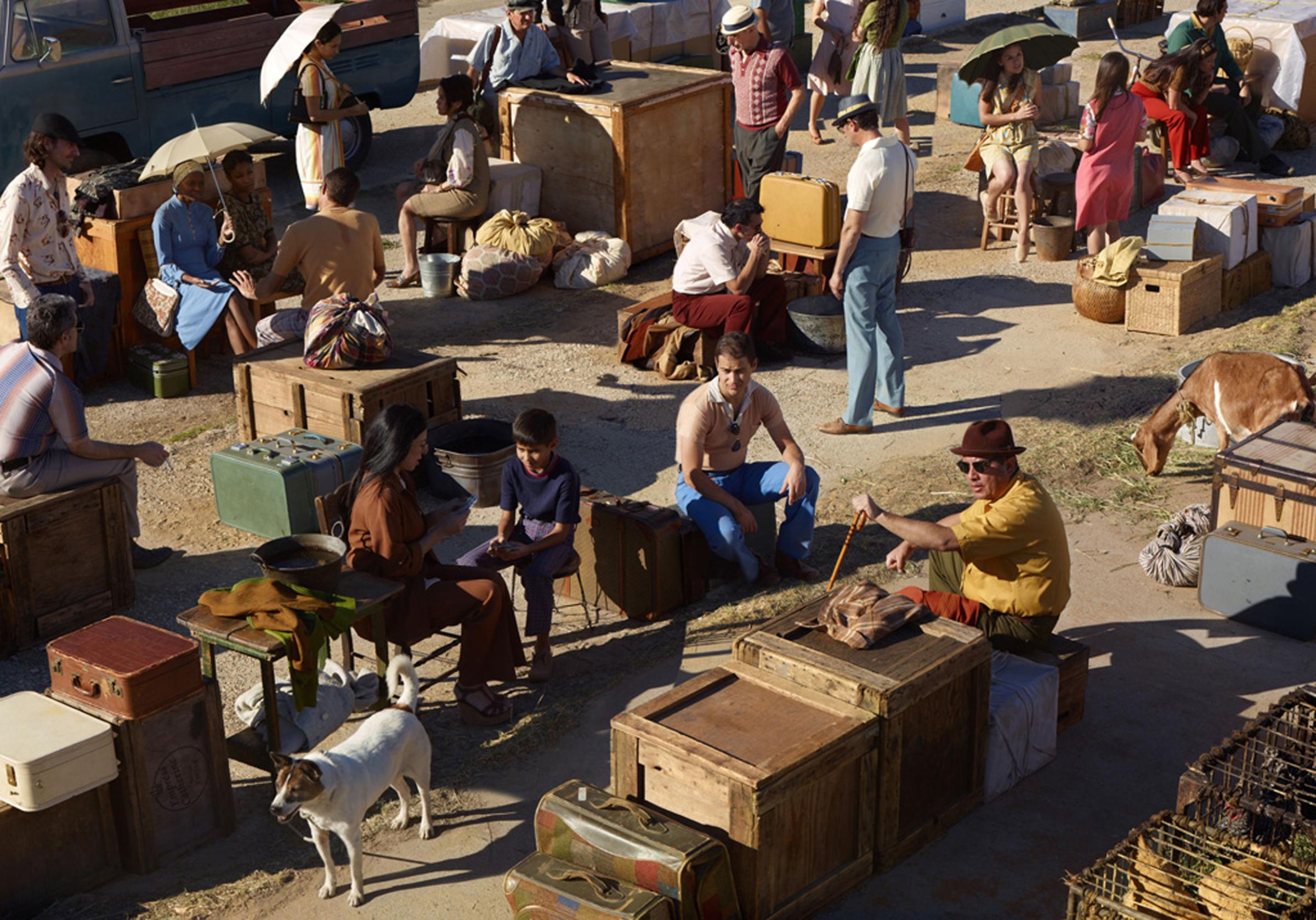


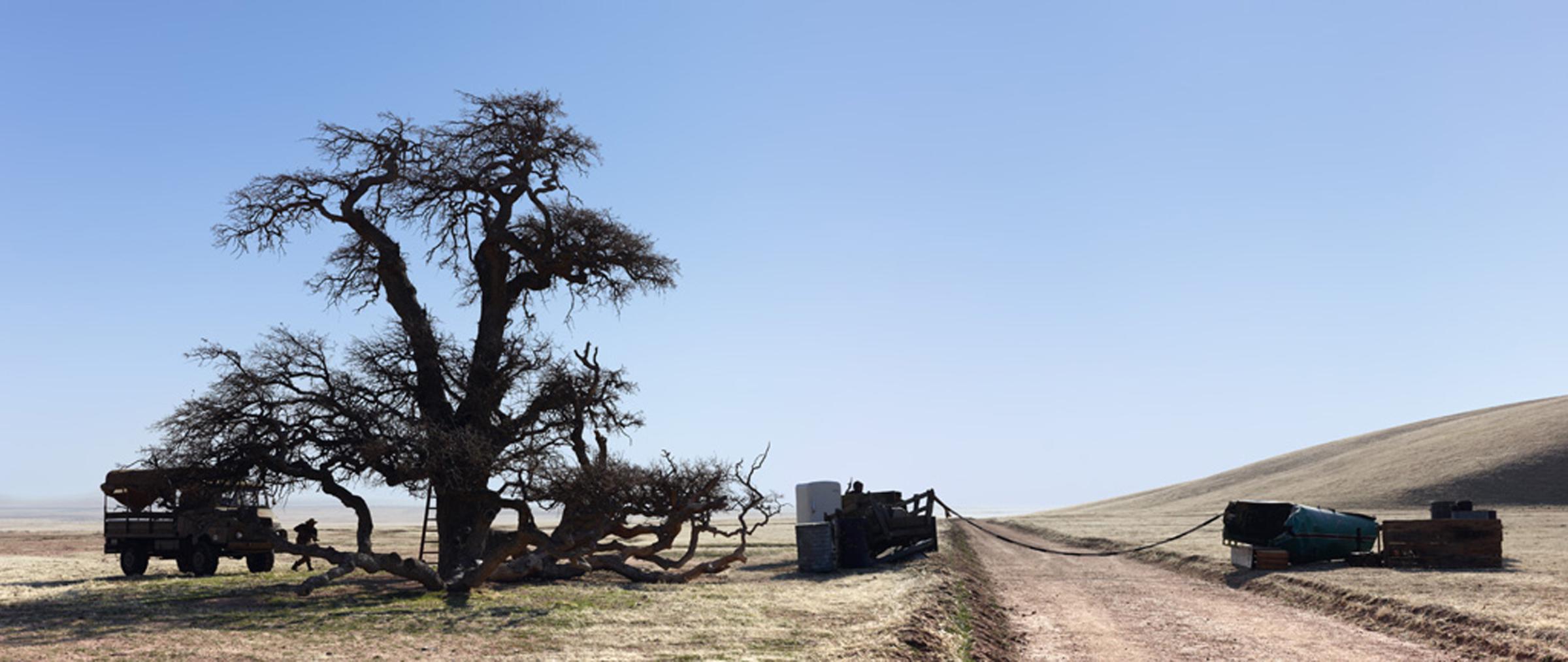

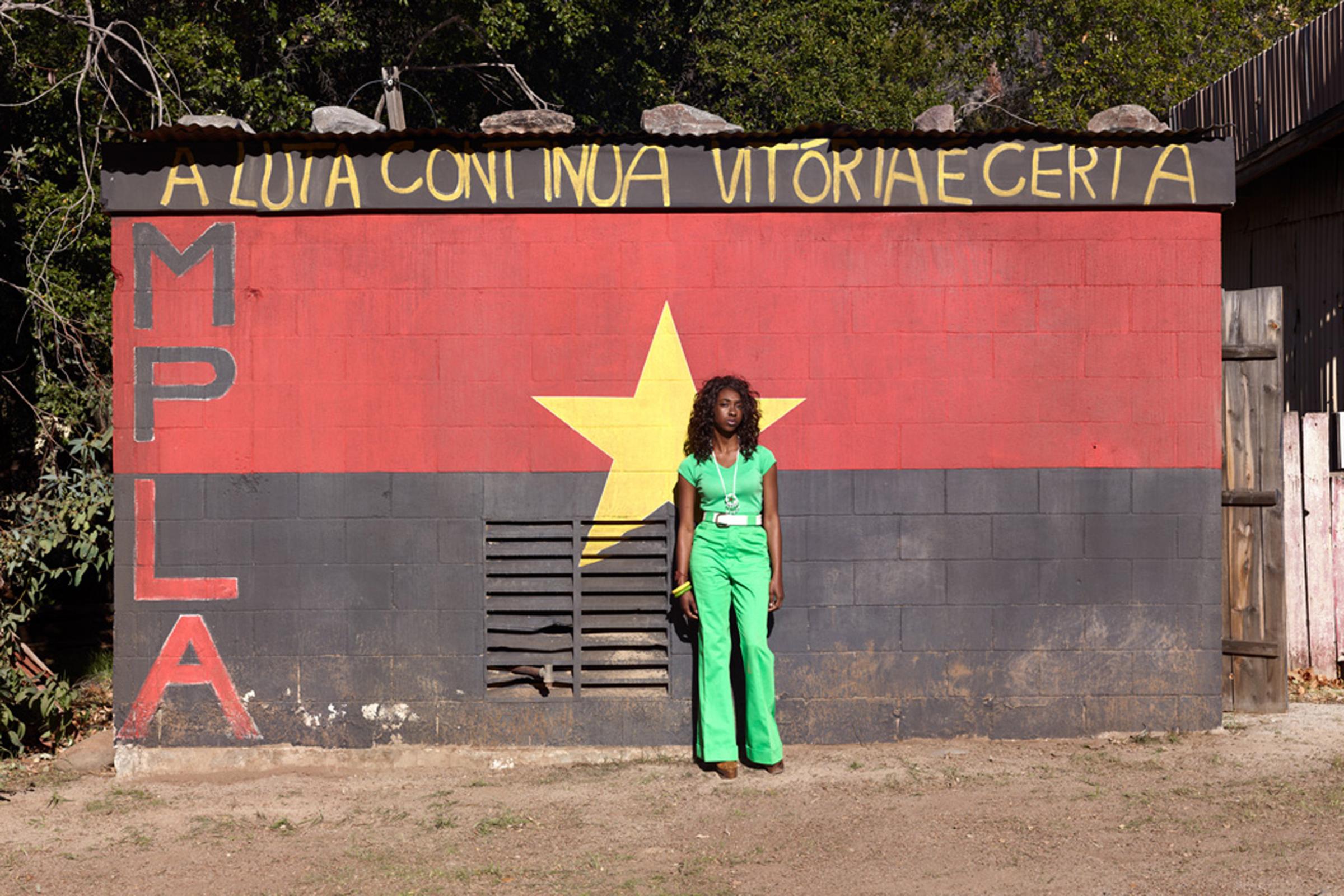
More Must-Reads from TIME
- Cybersecurity Experts Are Sounding the Alarm on DOGE
- Meet the 2025 Women of the Year
- The Harsh Truth About Disability Inclusion
- Why Do More Young Adults Have Cancer?
- Colman Domingo Leads With Radical Love
- How to Get Better at Doing Things Alone
- Michelle Zauner Stares Down the Darkness
Contact us at letters@time.com